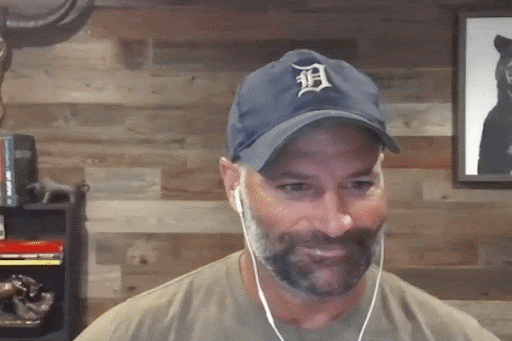Let me tell you something I wish I knew when I first started trading — perma-bears and perma-bulls tend to get smoked in the market.
These strategies can work for a while. For example, had you been a perma-bull and held stocks in the SPDR S&P 500 ETF Trust (NYSEARCA: SPY) or the Invesco QQQ Trust (NASDAQ: QQQ) from 2009 to 2020, you would’ve made a fortune.
But, of course, no trendline lasts forever. Any bulls who weren’t flexible enough to change their tune got absolutely demolished in the early months of 2020.
On the other hand, bears who didn’t take most of their profits during the 2020 pandemic crash got a rude awakening in the second half of the year as the indexes surged to new highs.
This is just one example, but my point is this…
If you’re always bullish or always bearish, you’re setting yourself up for an inevitable disaster.
To be a potentially winning trader, you must weaponize your flexibility. Be nimble. Don’t become evangelical about any one chart, position, or setup.
Take it from me. I’ve said many times before that I have a negative bias and prefer to go short rather than long. But that doesn’t mean I won’t scalp calls when the price action calls for it.
With that in mind, keep reading and I’ll show you why flexibility is so important for traders…
The Market is Always Changing
The main reason why perma-bears and perma-bulls lose is that the market is constantly shifting.
There can be long stretches where stocks are primarily bullish or bearish, but nothing lasts forever (more on that later)…
Considering this, why would you ever take a purely bullish or bearish viewpoint on the market?
Simple logic tells us that this can’t be a winning strategy in the long term. Don’t be inflexible.
Rather, make an effort to learn multiple setups to help you trade through any market. It’ll only help you in the long run.
Additionally, consider the following points…
Adjust Your Strategy Accordingly…
Adapting your strategy is crucial to market survival, which is a major reason why perma-bulls and perma-bears tend to lose out in the end.
When a setup stops working, you need to have another reliable pattern ready to go.
Think of a golfer’s bag. They carry many different clubs and pull out the best one for each situation.
I’ve never heard of a PGA Tour professional golfing The Masters with just a putter. (If you’re only trading one side of every chart, you’re essentially golfing with one club.)
Traders should prepare the same way golfers do by developing a multi-faceted bag of trading tricks they can pull from at any time.
After all, this is how I found my edge in the market…
Years ago, I adapted to a changing market by learning to trade options. And it turned out to be the single most important thing I did to evolve my trading strategy.
That’s just one example of adapting…
In the volatile market we’re trading right now, I’m taking things one day at a time.
Do I still have an overall negative bias? Absolutely. That’ll probably never change.
But I never let my general bias define the entirety of my trading strategy … and neither should you.
Winning Trades > Being Right
I see some traders get way too focused on making correct market calls when they should be directing their energy toward improving their performance.
These may sound like the same things, but they aren’t. Great traders are willing to go against their initial conviction when the market shows them that their idea is incorrect.
This is why, as options traders, we shouldn’t worry at all about how often we’re right or wrong.
Think about it…
In the options market, how often you’re right matters far less than how much you make when you are right.
This is because of how asymmetrical the risk/reward relationship can be when trading options.
You could make dozens (even hundreds, with certain strategies) of small losing trades in a row, only for one incredible winner to make up for all the losses (and then some)!
Just look at my biggest trade of all time, which incidentally came after a difficult period of frustrating losses.
I earned enough money on that one trade to make my entire year, but my overall win rate % from that month looks pretty underwhelming.
In other words, I was wrong more than I was right throughout the month, but I still came out deep in the green.
So, stop caring so much about being right. Start focusing on making winning trades, regardless of whether they fit into your general viewpoint or not.
Final Thoughts
Perma-bears and perma-bulls will eventually lose. Don’t entertain this mindset.
I never would’ve survived 10+ years as a professional trader, earning $4 million+ in the process, if I hadn’t regularly adapted my strategy to the ever-changing market conditions.
Be flexible, nimble, and willing to admit when your initial idea was incorrect.
By taking these steps, you’ll be miles ahead of the stubborn traders that never adjust their game plans.


